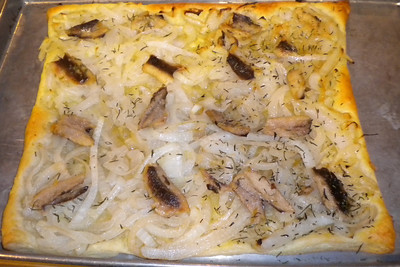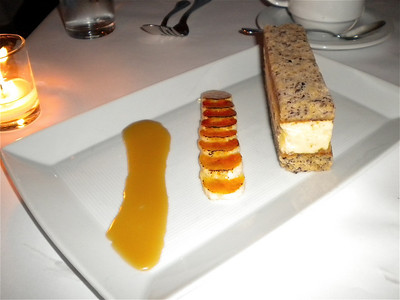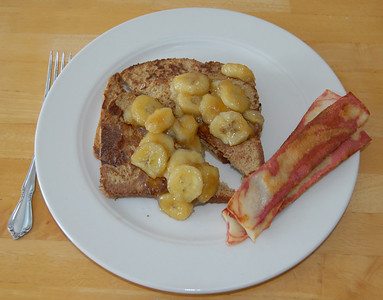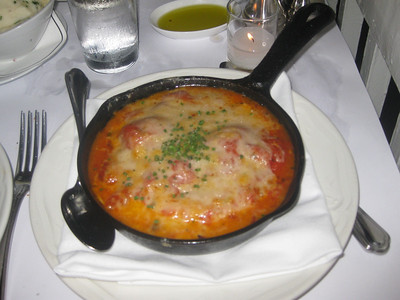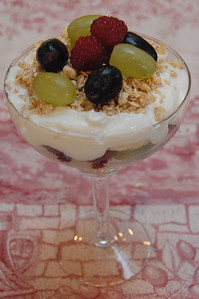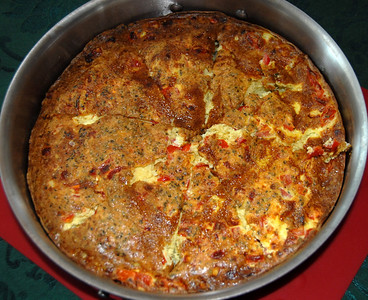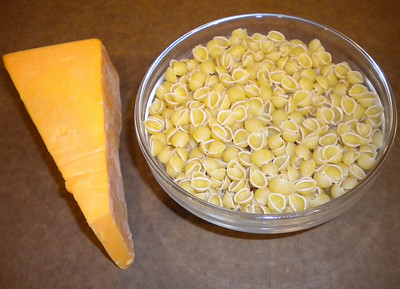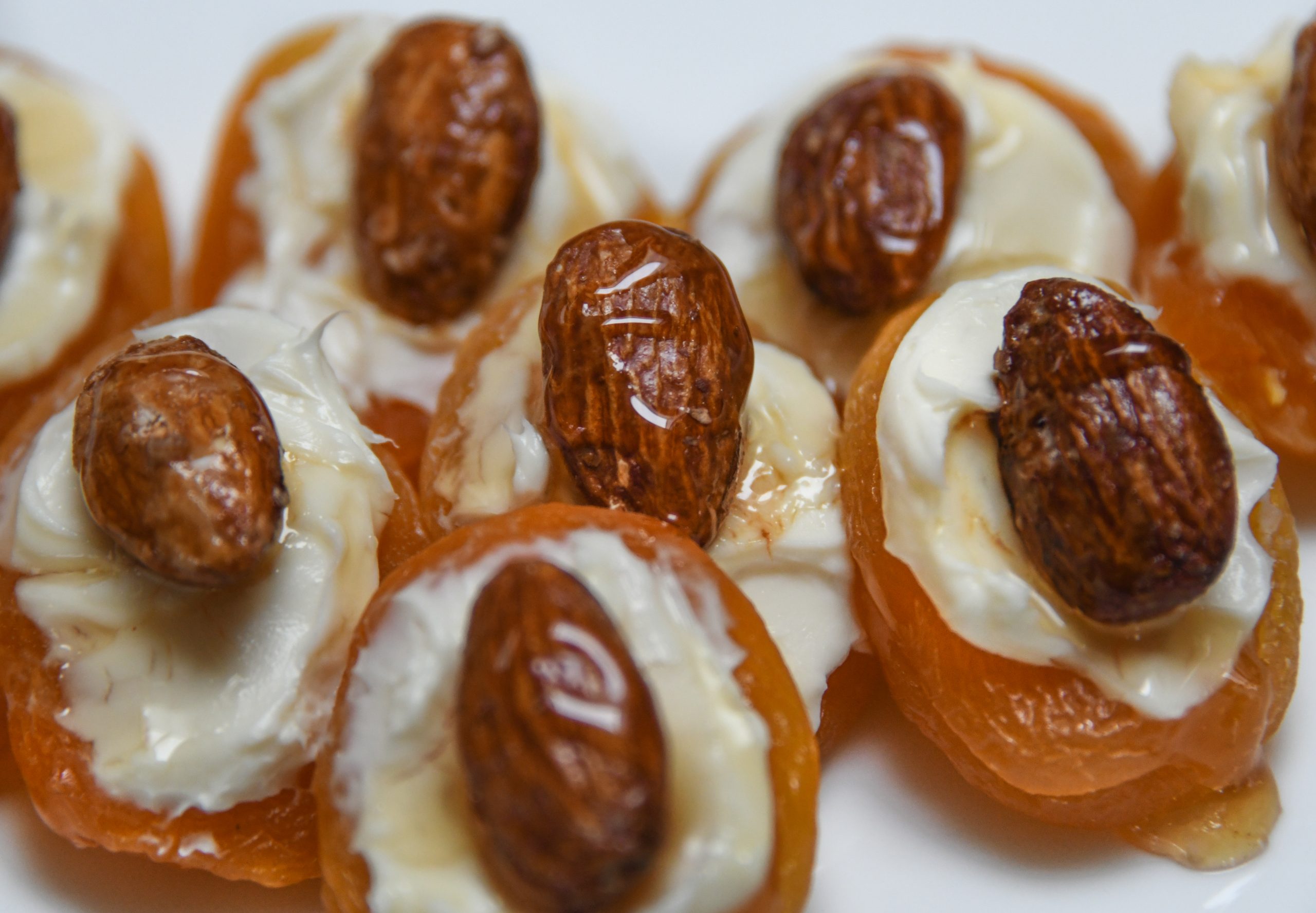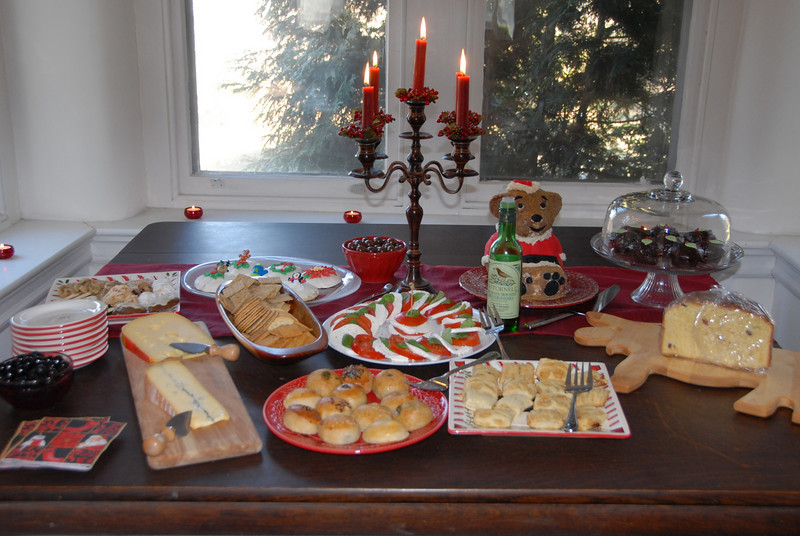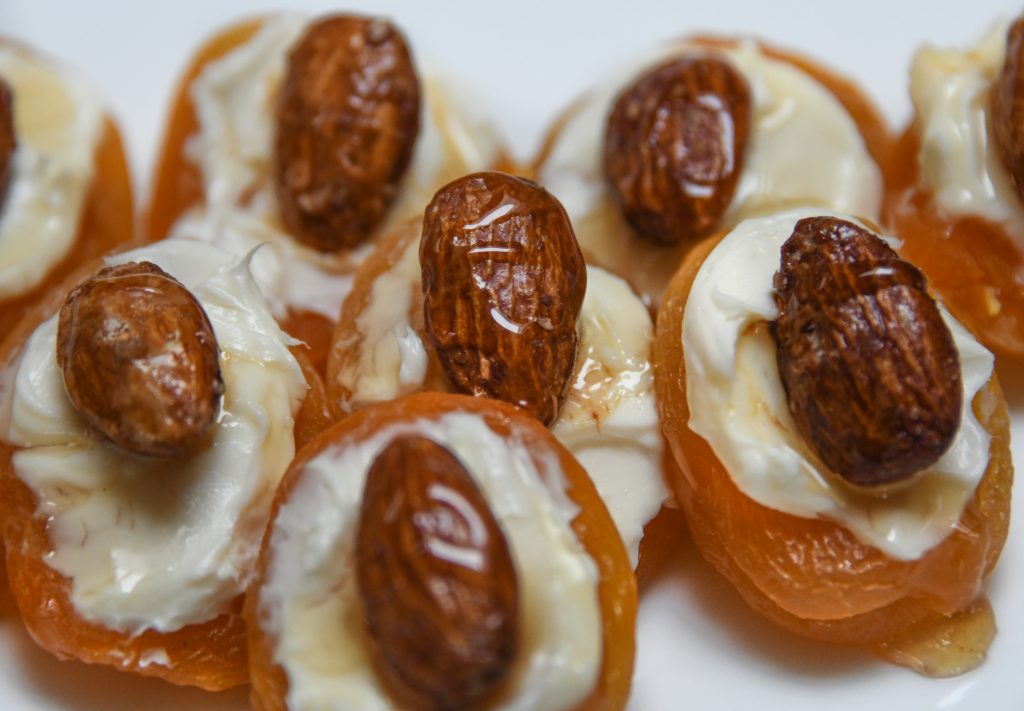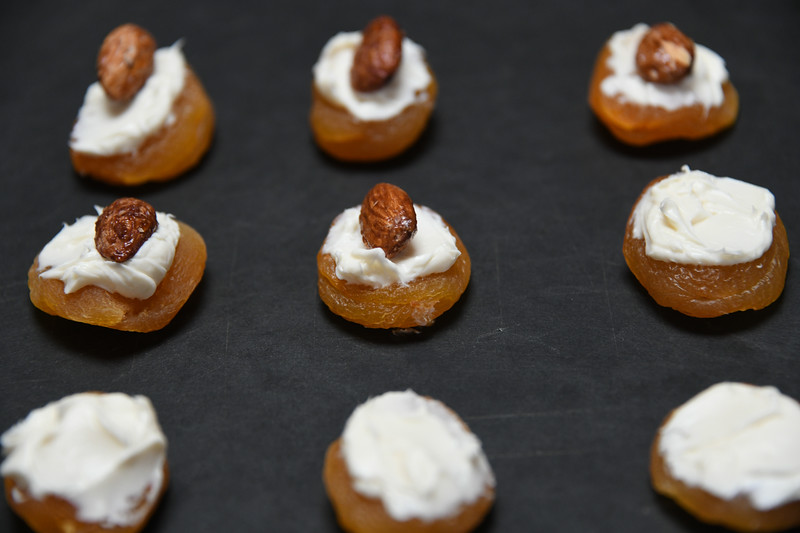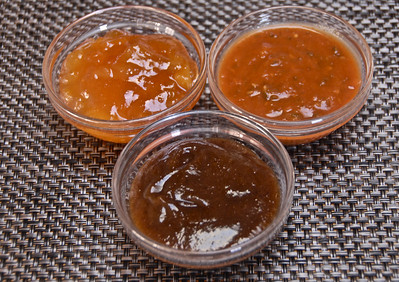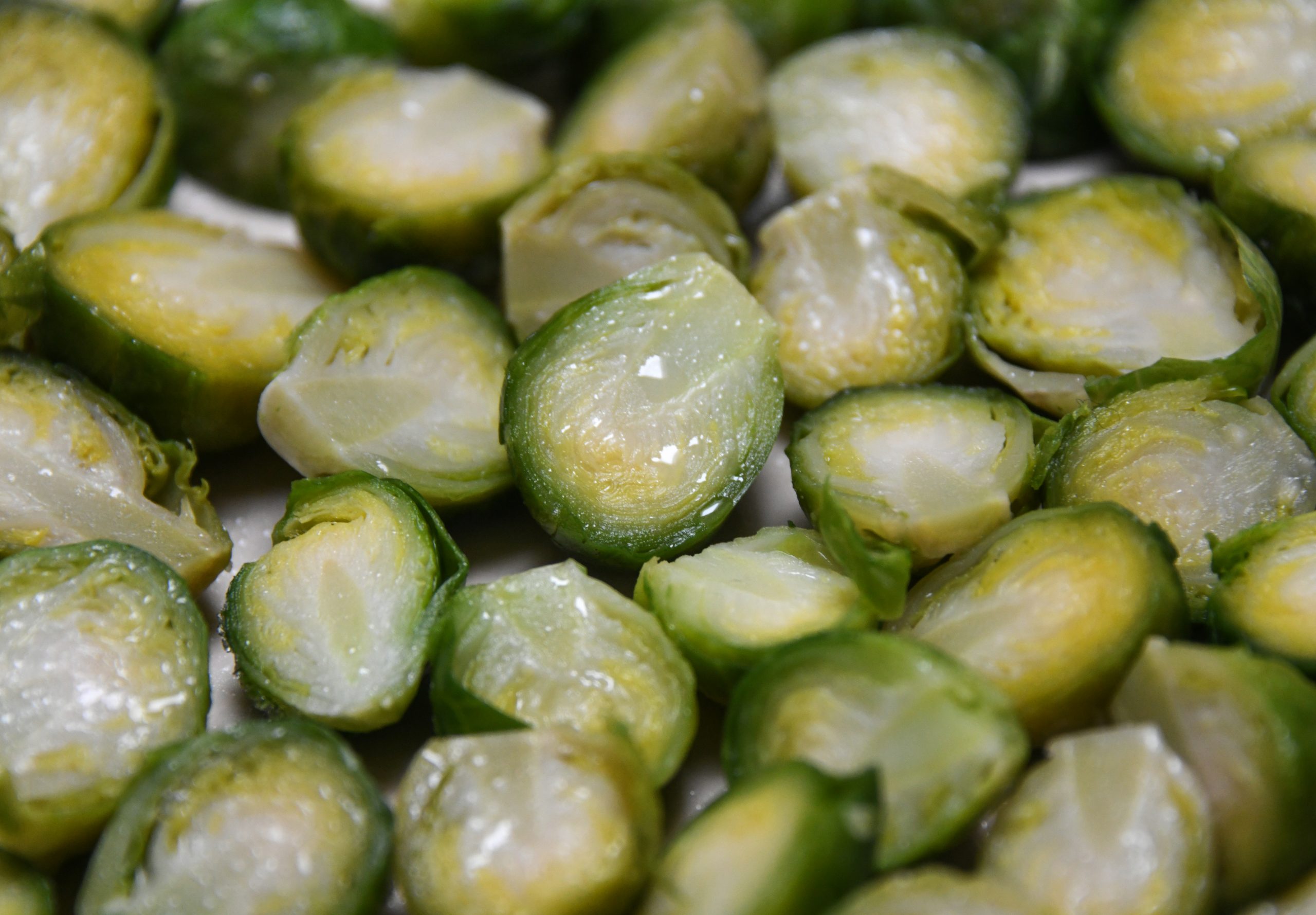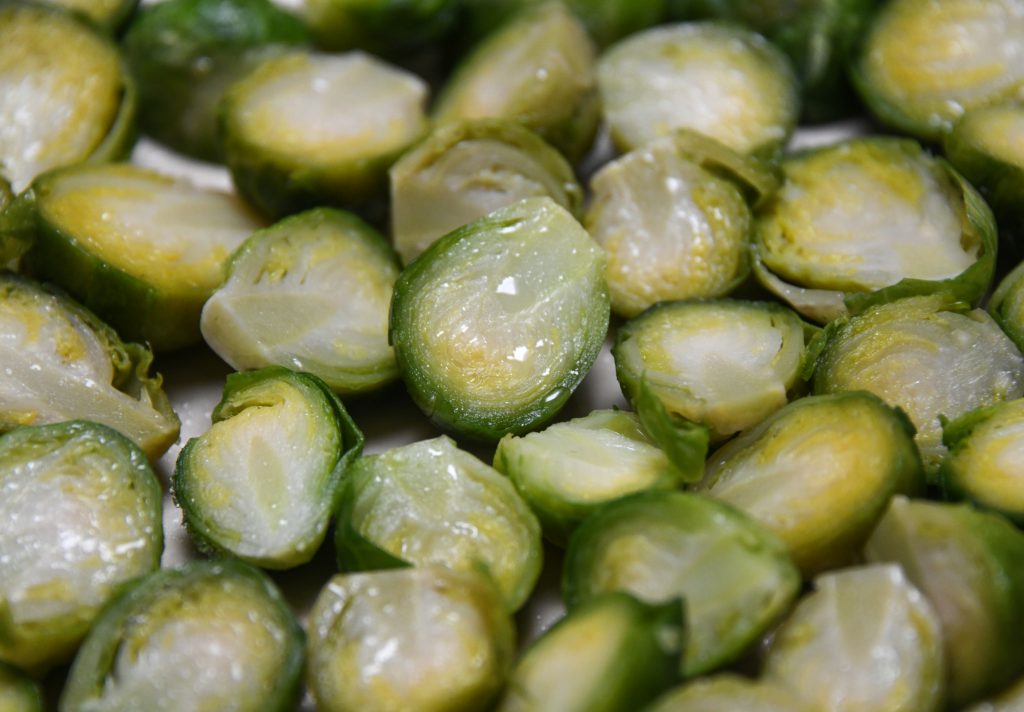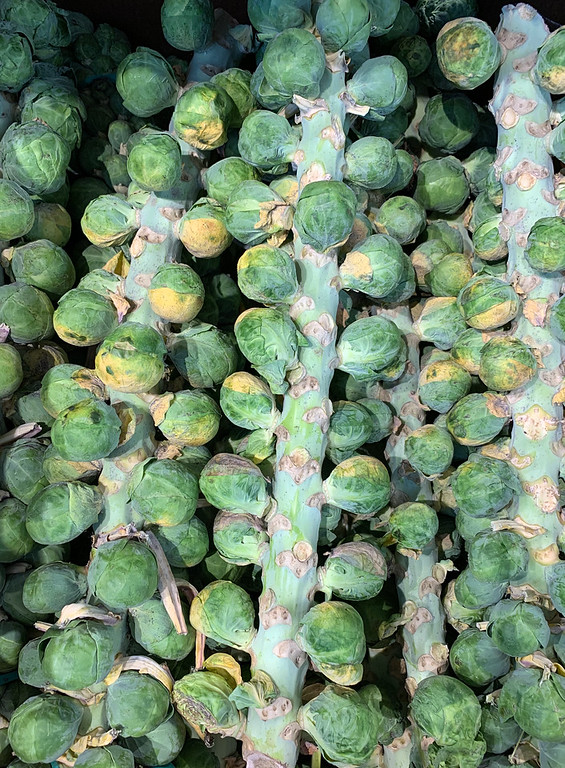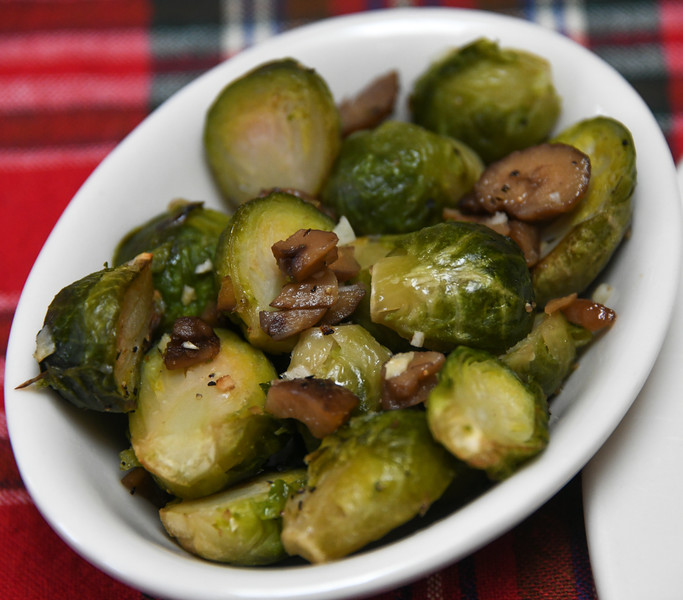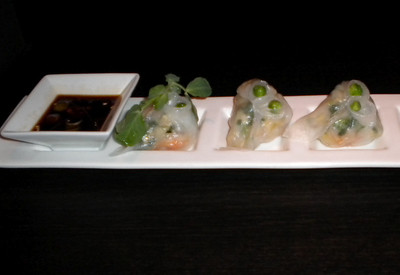
I used to believe that some cuisines were best left to the professionals. Why spend hours scouring specialty markets for hard-to-find ingredients when I could just order take-out from the nearby Thai, Vietnamese, Chinese or Japanese restaurant? Then I spent a day in the kitchen with my husband’s step-father. A native of Vietnam, Luong is the guy to go to if you want to learn about, if not master, the fine art of Asian cooking.
On that transformative day we focused on won tons. A staple of Chinese cuisine, these dumplings required no lengthy shopping trips for rare ingredients. Likewise, they involved no special culinary skills. Just chop, stuff and boil. Who knew that cooking Asian food could be so easy? Not me!
With our ingredients spread out on the kitchen counter, Luong coached me on how to make the perfect, time-saving won tons. His trick? Store-bought, wheat flour dumpling wrappers. These can be found online as well as in specialty grocery stores and the Asian section of most supermarkets. Remember to moisten the wrappers with a damp towel and let them sit and soften for a few minutes before using.
Wrappers limber, we set out to stuff and seal our dumplings. Although usually loaded with ground pork as well as shrimp and minced onions, these won tons contained chicken. Perfect for pork-abstaining or shellfish-sensitive Asian food fans.
Once we had formed the dumplings, we reserved half for a bubbling pot of won ton soup. The others we boiled and paired with a dipping sauce of two parts soy sauce to one part honey and rice vinegar. In the end we had two fabulous Asian meals, neither of which depended upon calling for take-out.
CHICKEN WON TONS
Makes approximately 60 dumplings
1 lb. lean ground chicken
2 scallions, finely chopped
2 shallots, finely chopped
4 shitake mushrooms, roughly chopped
small piece of ginger, grated
12 water chestnuts, chopped
2 cloves of garlic, peeled and minced
8 – 10 shrimp, cut into pieces
6 tablespoons soy sauce
60 Shanghai-style won ton or dumpling wrappers
salt and pepper to taste
6 to 8 quarts salted water, for cooking
soy sauce, for garnish
Fill a medium-sized stockpot with lightly salted water and bring to a boil.
Wet a paper towel and place it over the dumpling/won ton wrappers to moisten them.
Place the shallots, scallions, mushrooms, garlic, water chestnuts, ground chicken, shrimp, ginger, salt and pepper in a large bowl and stir to combine. Add the soy sauce and stir again.
Bring the salted water to a boil.
Peel off a dumpling wrapper and place 1 tablespoon of filling in the middle of the wrapper. Moisten the edges of the wrapper and fold into a crescent. Press down on the edges with the tines of a fork. Place on plate.
Repeat this process with all the wrappers, making sure not to overlap the dumplings on the plate or they will stick together.
In batches place the dumplings in the boiling water and cook. When they float to the surface, they are finished. Remove won tons with wire skimmer or slotted spoon. Serve on plates with soy sauce or place in a broth and serve as a soup.
*Note: The same ingredients can be used for won ton soup. After filling the won ton wrappers, twist the edges up into a tepee. Place in won ton soup broth (1 chunk of whole ginger to be removed once soup is finished, 1 sliced shallot, 1 can of chicken broth) and cook.
